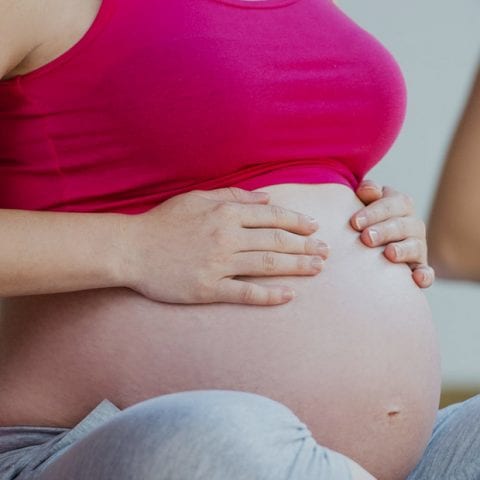The following Level 3 Pre and Postnatal Exercise and Fitness Guidelines mock exam is provided to support any students that is working towards a pre and postnatal course in the fitness industry. Specifically, this mock exam is designed for fitness instructors, group exercise instructors and personal trainers that want to work with women who are pregnant, or who have recently given birth.
Exercise professionals working with pre and postnatal clients must have a sound understanding of the physiological changes that take place as a result of being pregnant and giving birth. It is equally important that they also have an understanding of the medical conditions that commonly present during pregnancy, so that they can adapt a client’s exercise prescription to accommodate their needs safely and effectively. This mock exam will test this knowledge.
In the following exam, there are 35 multiple-choice questions and you will be required to answer 25 correct (70%). There is only one possible answer for each question.

